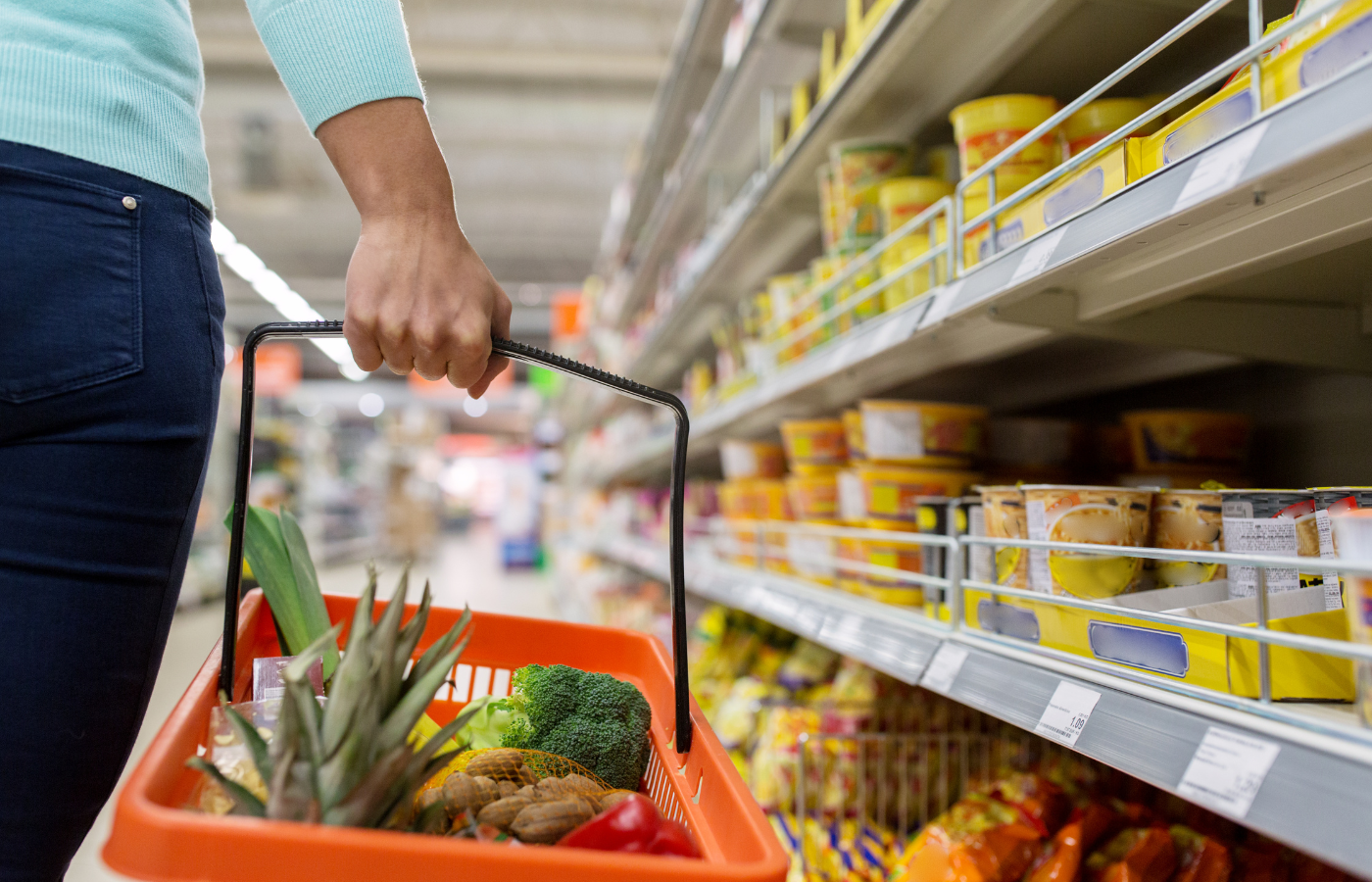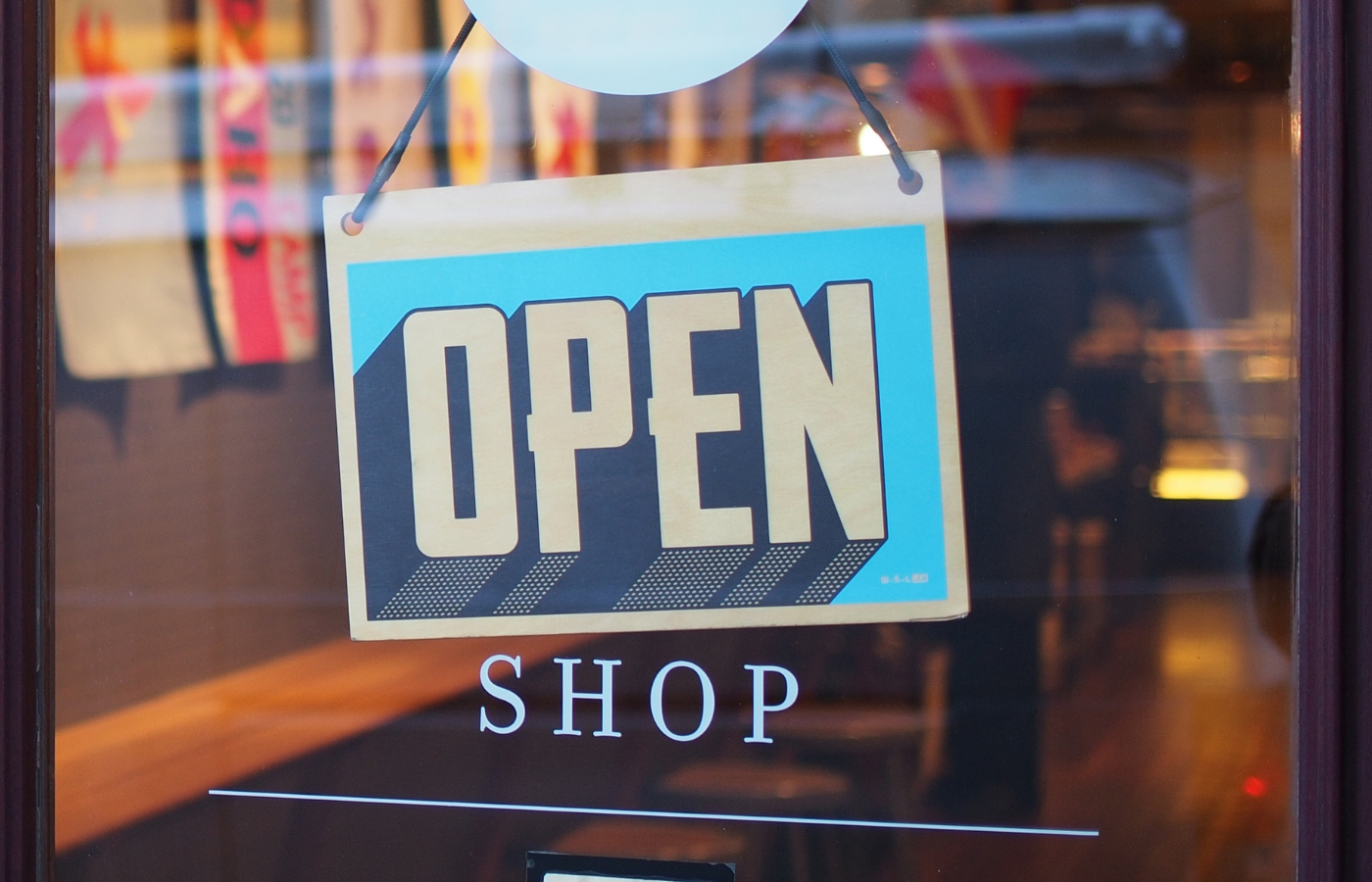It has been said that the only thing that is constant is change, and that is certainly true in the retail industry.
We are used to change; in fact for most of us, we thrive off it. Our purpose after all is to contribute to our partners’ success by delivering a better shopping experience. One can only improve, if one is brave and prepared for the prospect of change.
The retail sector has transformed significantly over the last few years due to a range of factors including the evolution of the traditional in store shopping experience to now include online shopping, the COVID-19 pandemic, a sharpened focus on sustainability, external pressures from Brexit, supply chain challenges and the cost of living crisis.
Being adequately prepared for change over the next few years in a continually turbulent market will no longer be just a competitive advantage - it will be a necessity to ensure business longevity and survival.
We know we can adapt - we’ve done it before

The COVID-19 pandemic forced large-scale unprecedented change quicker than anyone could have imagined and caused a huge shift in the retail landscape; both in store and in the supply chain. Retailers had to adapt almost overnight to the immediate changes that were required to keep everyone safe and to keep business going, and consumers had to adapt to changes in their shopping methods.
The pandemic served as a catalyst, speeding up change in retail that was inevitable. The retail industry underwent five to ten years’ worth of change in less than twelve months, and the retail landscape continues to look markedly different from how it did before the pandemic.
We learned to expect regular changes to the rules and restrictions. Government guidance around whether shops could open, social distancing, and what constituted safe operations changed on a weekly, sometimes daily basis, so retailers faced the challenge of responding to fast-moving customer expectations and behaviour in real-time.
To survive this difficult period, retailers had to show determination and move at a pace not seen before. Those who managed this well, proved to customers that they were able to cater to their new needs. This enabled those organisations to become more resilient.
2020 and the COVID-19 pandemic has highlighted the message that in volatile and changing times, speed of execution is integral to survival, and it has proven the ability of retailers and consumers to adapt. There’s nothing quite like the urgency to survive to prompt the necessary changes to evolve.
Continuing the Omnichannel Approach

Omnichannel brings together the strengths of all a retailer’s channels including stores and online, to all their customers, however they want to shop.
We have seen a continuous transformation in shopping habits, with consumers expecting more choice and freedom than ever before. Although we’ve seen a surge in online sales in recent years, many consumers still want to experience what brick-and-mortar stores have to offer, namely, the touch and feel of the actual product, and to speak face-to-face with a retail expert. Therefore, high street retailers are still expected to innovate their in-store offering while also making their e-commerce services and returns procedures more accessible.
Customers often want the best of both worlds, and they want to be completely in control of how they shop and how they receive their goods.
It merges the worlds of websites, emails, retargeted ads, social media marketing, and physical locations to show personalised offers, products, and messages.
Developing the flexibility to adapt and utilise new channels to support new formats and marketplaces will determine whether retailers will succeed. Over the next decade, those who can best interpret the masses of data they can collect, direct relevant messaging through those channels to influence consumers and ultimately understand their chosen audience’s needs the best will be winners. Those who don’t will struggle to thrive in this new world.
Creating Convenience is Critical

We live in a world where most people now expect to have instant access to everything at their fingertips all of the time. In recent years, a new wave of convenience shoppers has brought an influx of extra money into the retail sector, with lots of activity as retailers invest in their stores to upgrade them for the new age.
Convenience stores have managed to hold on to many of the shoppers who turned to them at the beginning of the pandemic when empty shelves plagued the larger supermarkets. They have created lifetime customers and it’s giving existing retailers and potential newcomers the confidence to invest.
Shopping locally is no longer just driven by impulse or urgency, consumers are beginning to expect more from their convenience stores with a better mix of products that cater for more occasions, as well as sufficient provision of core items.
When shoppers venture further out to larger retail stores or shopping outlets, the expectation now is that they are met with the same level of convenience as if they were shopping small and local. Retailers need to continue to invest in enhancing the customer journey to make it as convenient and enjoyable as possible for customers to shop with them throughout their various formats.
Store Design will Evolve

Physical stores will continue to play an important part in retail, even in light of the rise of e-commerce. Retailers have now seen the benefits of omnichannel retail, and are blending online and in-store shopping, while at the same time creating a more engaging shopping experience.
In this modern age, the traditional brick-and-mortar store should no longer be considered as the final destination of the customer journey. By combining the strengths of physical stores and online, retailers will be able to create a model that turns a typical retail space into something special for the customer.
Embracing the Unknown

Over the next decade or so, I think successful retailers will be defined not just by their resilience, but by their ability to adapt and evolve. They will need to embrace new strategies and utilise new technologies that creates value for customers, whilst also enabling the business to successfully pivot at a moment’s notice. These successful retailers won’t simply wait around for industry changes and disruptions to arise before reacting, as they will constantly be searching for new ways to be innovative and disrupt the market themselves.
The retail industry is one of the world’s fastest-changing industries, and is frequently at the forefront of technological developments to keep up with the changing needs of the consumer. Here at RMS we can support all aspects of retail change; from installing new fixtures and displays, to total store space transformation.
Our skilled and experienced teams work across the UK and Ireland in a diverse range of retail environments making them well positioned to provide you with the best support on your next retail change project.
Get in touch to find out how we can best support you and your business.
Daniel O’Toole - CEO of RMS
